The Nazi German death camp of Auschwitz-Birkenau is an enduring symbol of the Holocaust.
Part of Nazi dictator Adolf Hitler's "Final Solution" plan for genocide against European Jews, the camp operated in the occupied southern Polish town of Oswiecim between June 1940 and January 1945.
Of the more than 1.3 million people imprisoned there, 1.1 million - mainly Jews - perished, either in the gas chambers or from starvation, exhaustion and disease.
Today is 75th anniversary of the liberation of Auschwitz by Soviet troops on 27 January 1945.
Here is its history, based on information from the Auschwitz-Birkenau Memorial and Museum:
1939
1 September: Nazi German invasion of Poland starts World War II in Europe. Nazis massacre Polish Jews or force them into ghettos, start to wipe out Poland's elites and try to stem resistance.
1940
27 ApriL: Schutzstaffel (SS) leader Heinrich Himmler picks site at barracks in Oswiecim, southern Poland, renamed Auschwitz.
14 June: First 728 Polish political prisoners arrive.
Autumn: Resistance informs exiled Polish government in London about camp, it tells Allies.
1941
1 March: Himmler inspects Auschwitz, orders expansion.
22 June: Germany invades Soviet Union, breaking a 1939 pact, sends POWs to camp.
3 September: First mass gassing with Zyklon B of 600 Soviet POWs, 250 Poles.
1942
20 January: Nazis set plans for "Final Solution", the genocide of Europe's Jews.
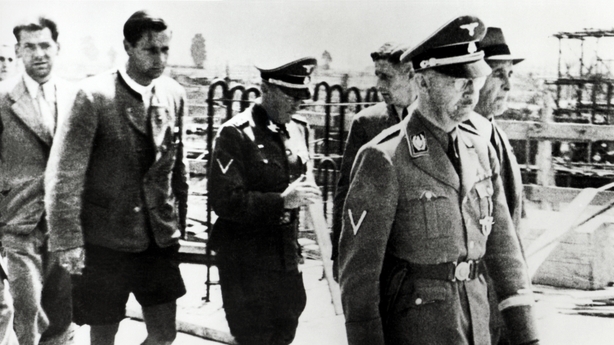
January: Mass gassing of Jews in Auschwitz begins.
1 March: "Auschwitz II-Birkenau" camp opens.
March: First mass deportation of foreign Jews to camp, 69,000 from France, 27,000 from Slovakia.
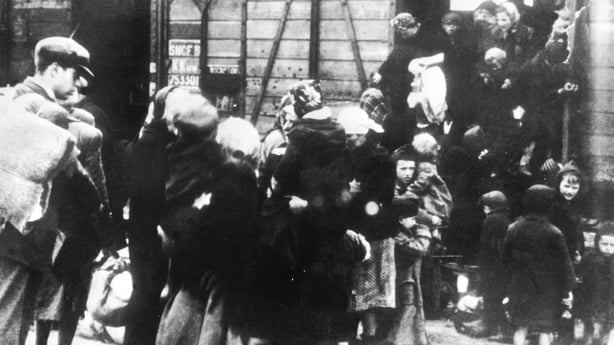
May: 300,000 Jews sent from Poland, 23,000 from Germany and Austria.
4 May: First Birkenau "selection" of arriving prisoners takes place, splitting those slated for slavery from those to be gassed.
10 June: Birkenau mutiny, seven prisoners escape, 300 die.
July: 60,000 Jews sent from Holland.
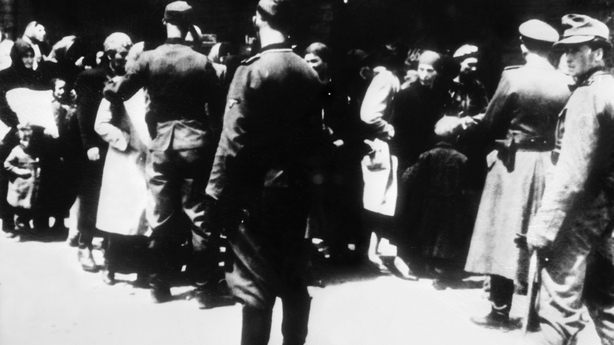
August: 25,000 Jews sent from Belgium, 10,000 from Yugoslavia.
30 October: Industrial "Auschwitz III-Monowitz" camp opens.
October: 46,000 Jews sent from today's Czech Republic.
December: 700 Jews sent from Norway.
1943
26 February: Camp for Roma set up at Birkenau.
March: 55,000 Jews sent from Greece.
October: 7,500 Jews sent from Italy.
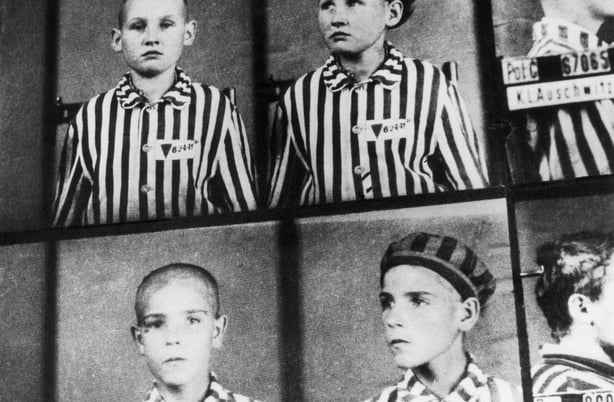
1944
May: Allied planes photograph camp, spot gas chambers and smoke. Britain and United States later bomb Monowitz.
May: 438,000 Jews sent from Hungary.
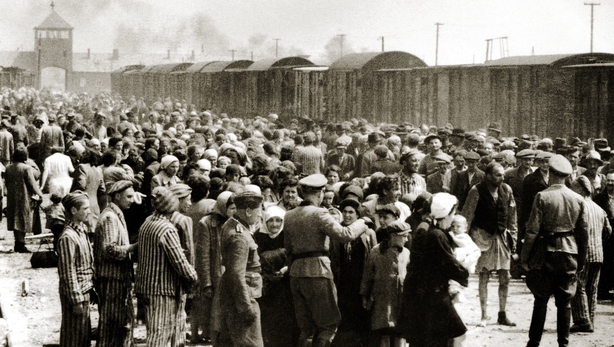
August: 67,000 Jews sent from Lodz ghetto in Poland.
2 August: 3,000 Roma sent to gas chambers.
August: 13,000 Poles sent amid Warsaw Uprising.
7 October: Mutiny by "Sonderkommando", Jews forced to burn bodies from gas chambers. Three SS men, 450 Sonderkommando prisoners die.
November: Mass gassing ends.
1945:
17 January: "Death March" sees SS force 60,000 prisoners west as Soviets advance.
21-26 January: Germans blow up Birkenau gas chambers and crematoria, withdraw as Soviet scouts approach.
27 January: Soviet troops arrive, find 7,000 survivors.

